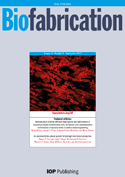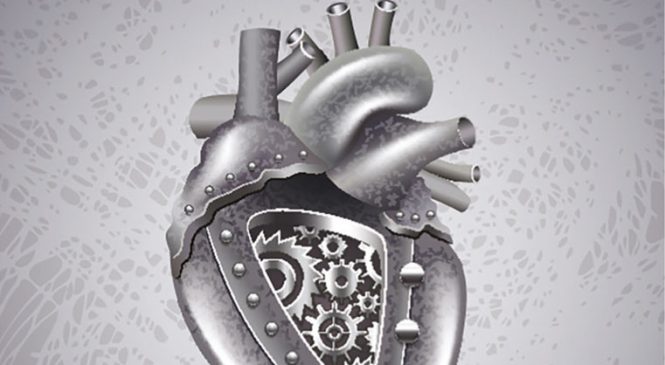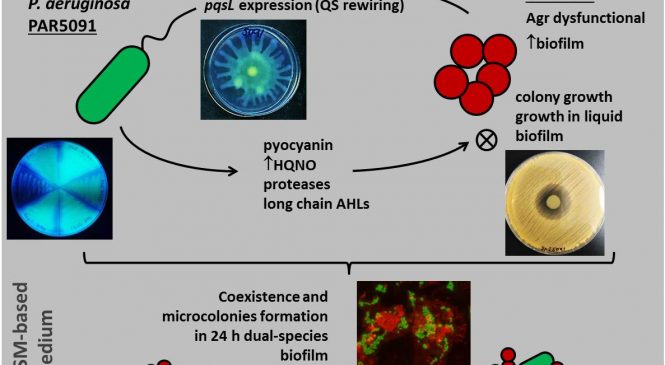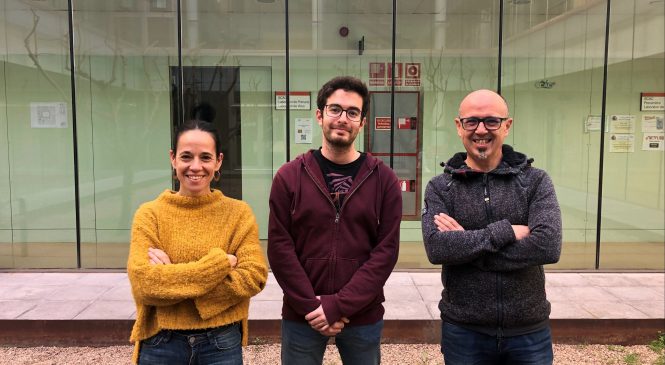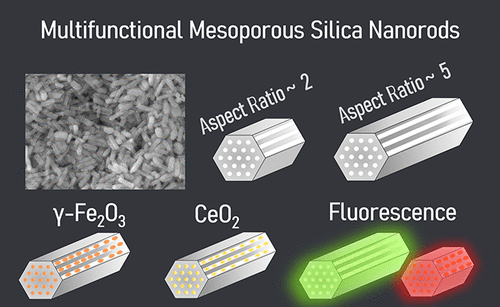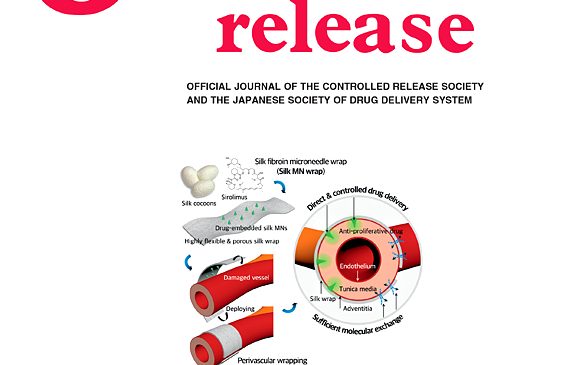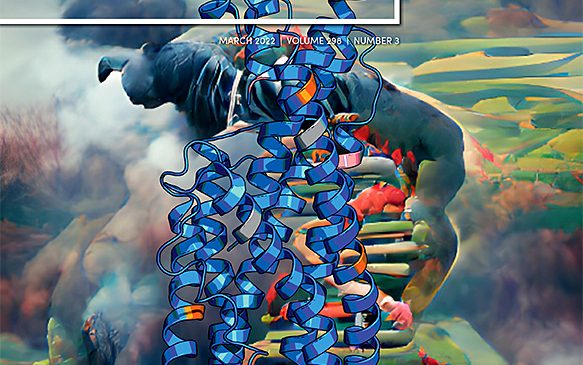
Protein Folding and Conformational Diseases: “The small aromatic compound SynuClean-D inhibits the aggregation and seeded polymerization of multiple α-synuclein strains”
Available online 4 April 2022, 101902
https://doi.org/10.1016/j.jbc.2022.101902
Abstract
Parkinson’s disease (PD) is a neurodegenerative disorder characterized by the loss of dopaminergic neurons in the substantia nigra, as well as the accumulation of intra-neuronal proteinaceous inclusions known as Lewy bodies and Lewy neurites. The major protein component of Lewy inclusions is the intrinsically disordered protein α-Synuclein (α-Syn), which can adopt diverse amyloid structures. Different conformational strains of α-Syn have been proposed to be related to the onset of distinct synucleinopathies; however, how specific amyloid fibrils cause distinctive pathological traits is not clear. Here, we generated three different α-Syn amyloid conformations at differe

